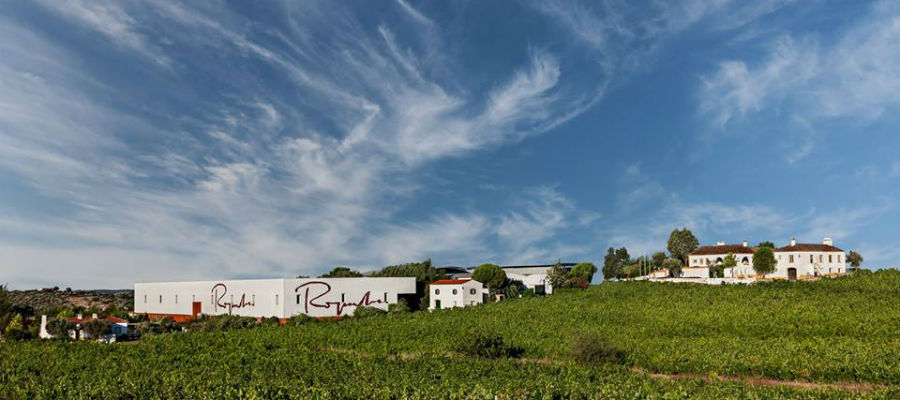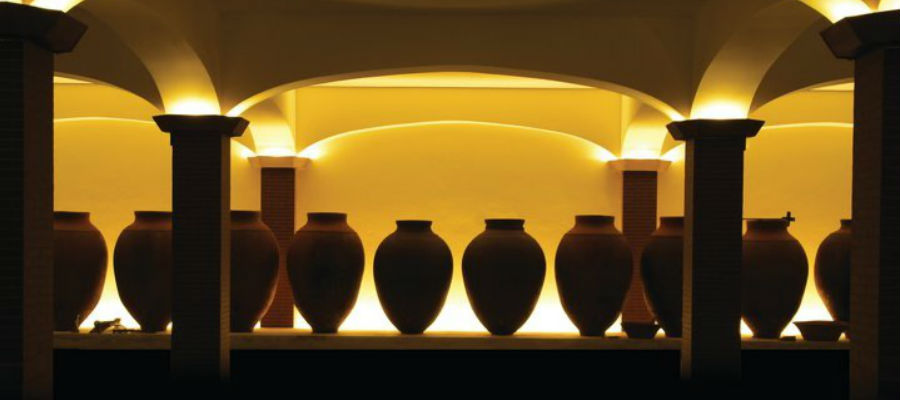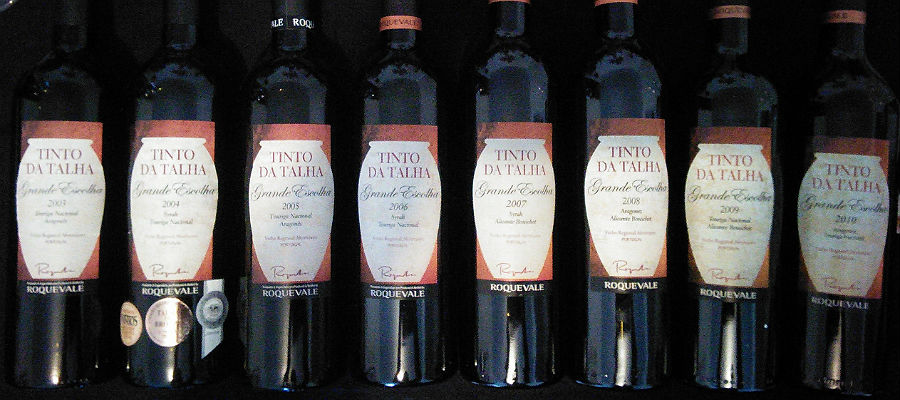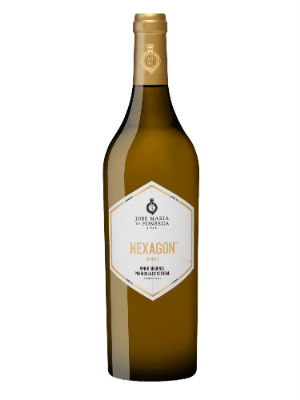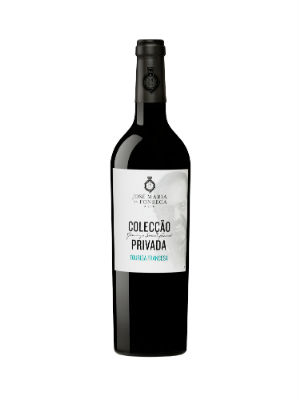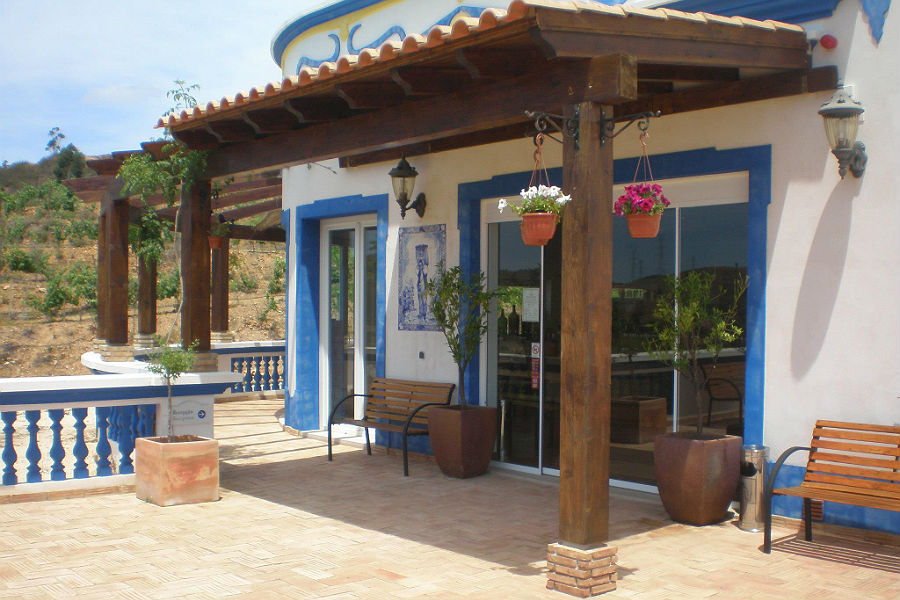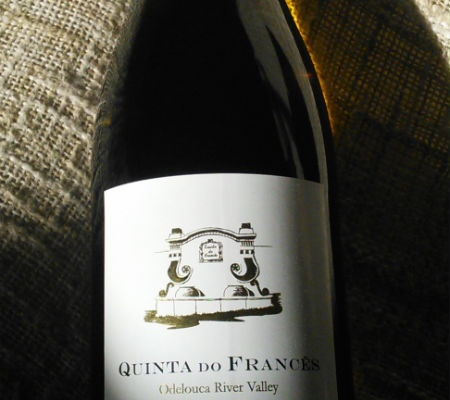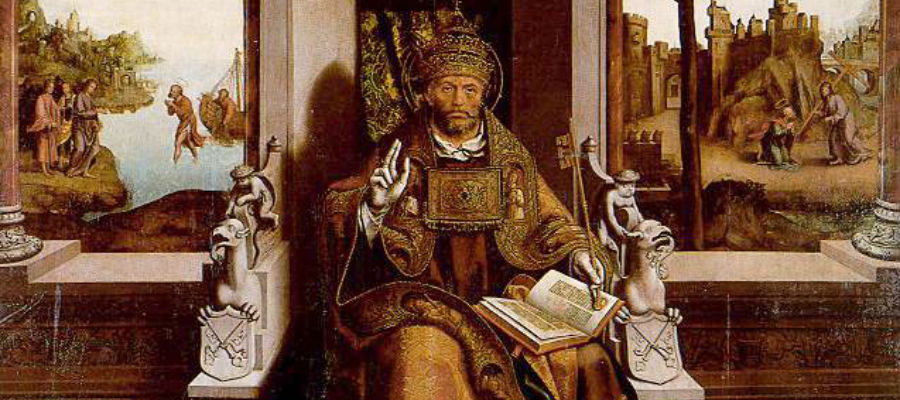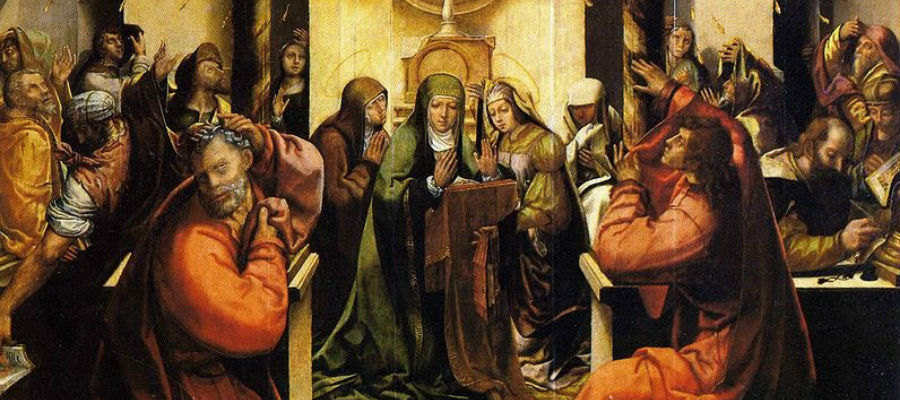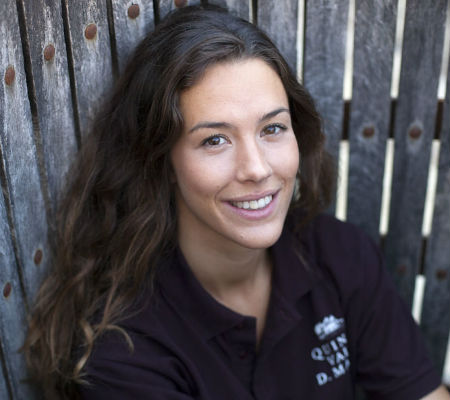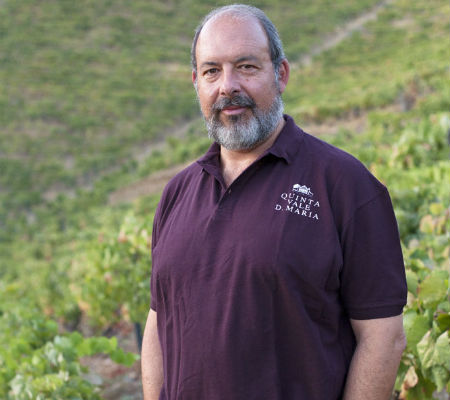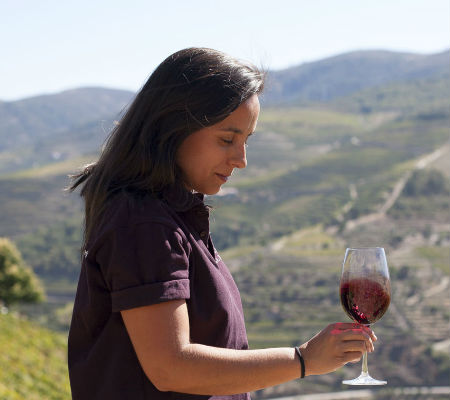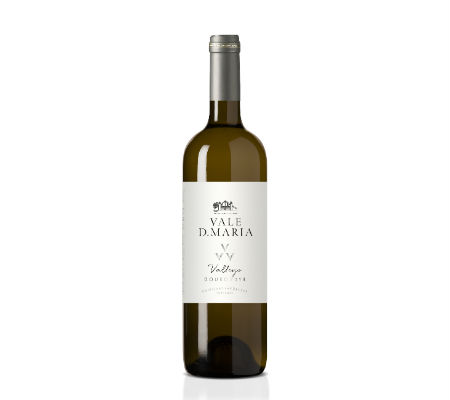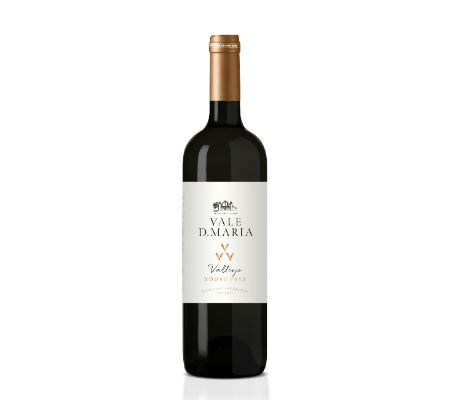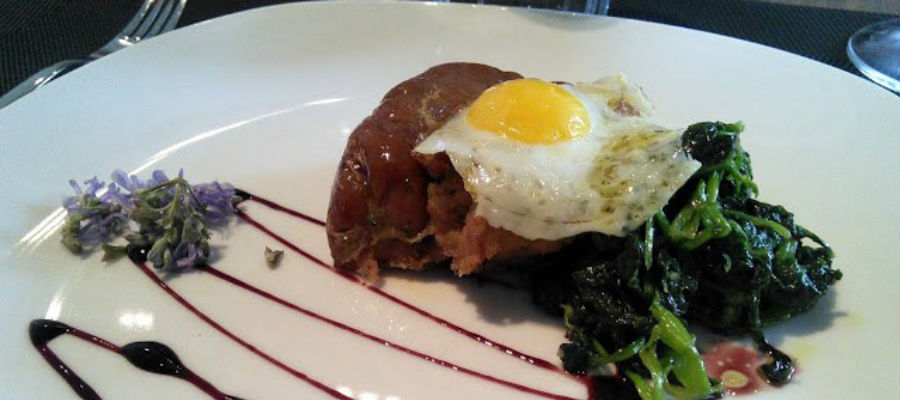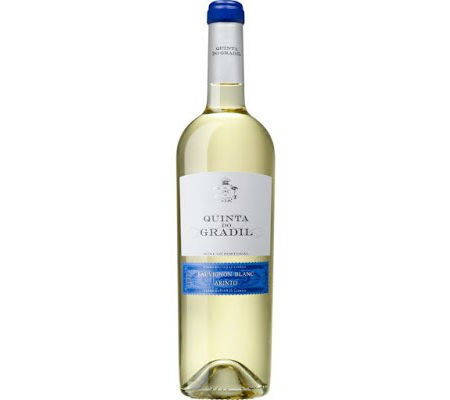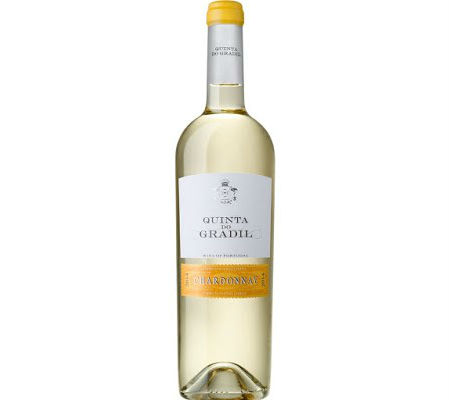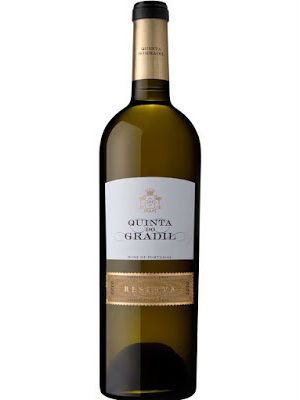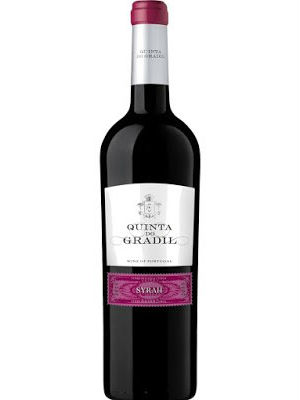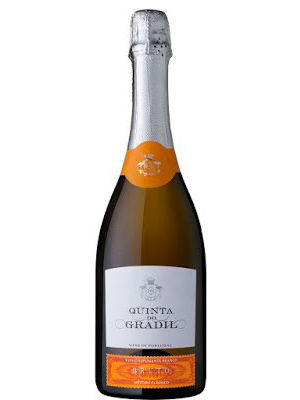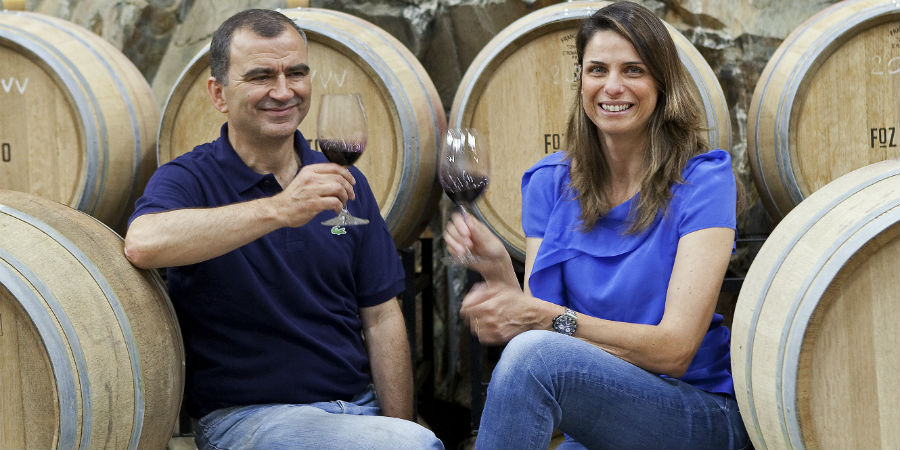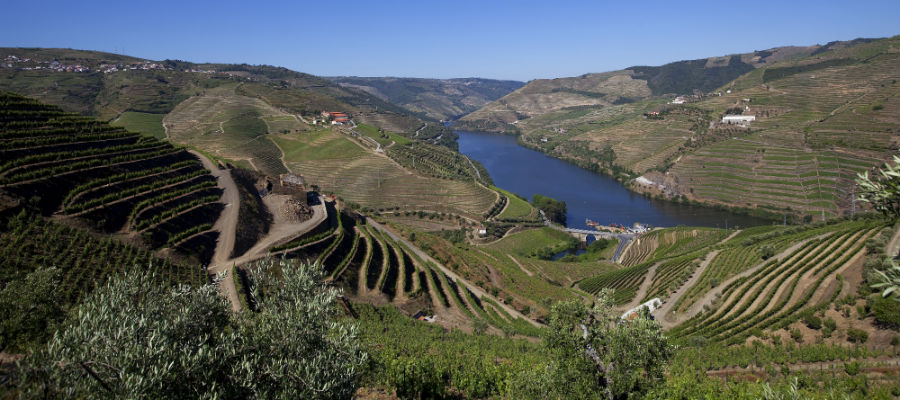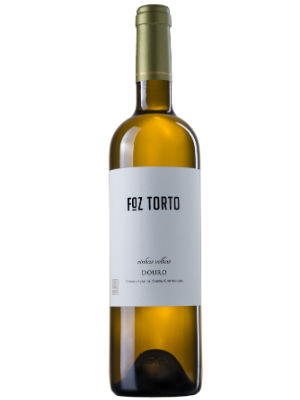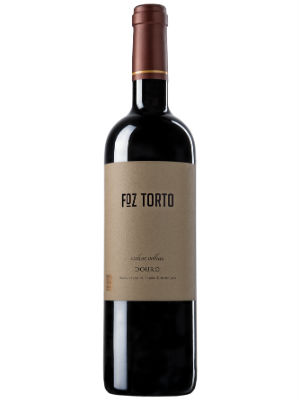Sandeman – 226 years making history
Text Bruno Mendes
Sandeman‘s history began 226 years ago in 1970, when George Sandeman asked his father for a 300£ loan in order to start his trade business of Port and Sherry wines in London. When he started the business his goal was to make a moderate fortune so he could retire at the end of the century but he ended up creating one of the world’s greatest wine businesses.
Sandeman was the first company to ever brand a cask, in 1805. All barrels were then branded with the name George Sandeman & Co to assure the quality of the product. However, this brand would only be registered in 1877, just one year after the year in which it was finally possible to formally register brands.
In the video below you will find more details about this company and the celebratory wines of the 225 years of existence.



